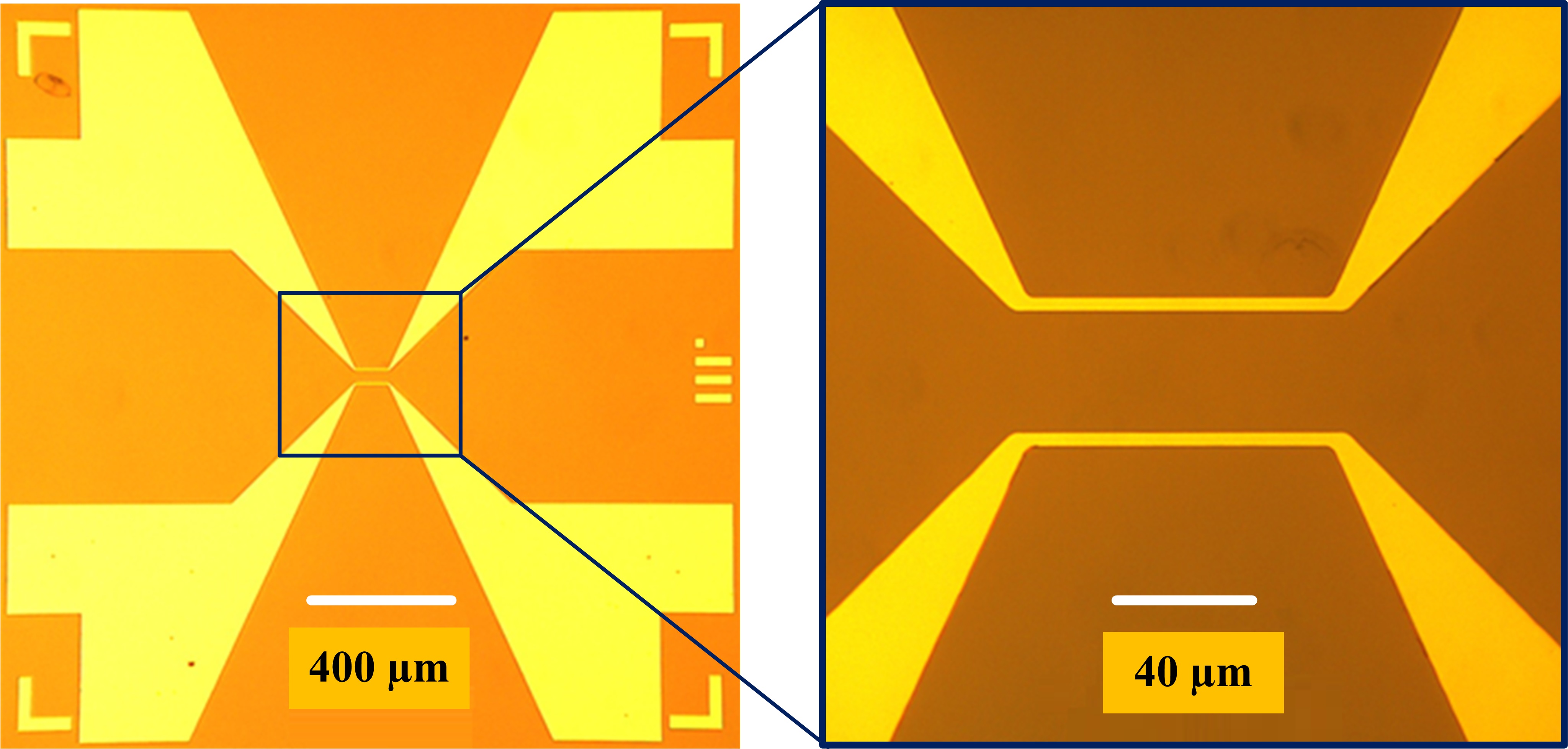Instrumentation and Application of THz time-domain spectroscopy (THz-TDS)
|
Terahertz time-domain spectroscopy (THz-TDS) has been a powerful and important technique that benefits a variety of research fields, such as material characterization, spectral fingerprints identification, biomedical imaging and non-destructive inspection in a broad THz band (0.1~10THz).Using photoconductive antenna (PCA) as THz source and detector, we have built a free-space THz-TDS system, and are exploring its capabilities in various applications. For example, we are working on a THz near-field imager for photonic and phononic metamaterial and devices research. Different from existing methods, this near-field imager can realize sub-wavelength resolution at high signal-to-noise ratio in THz band without commonly used tip or aperture.Beyond that, we are also working on the design of novel PCA aiming at enhanced output THz power and optics-to-THz efficiency, so that the performance of the THz-TDS (such as signal-to-noise ratio and dynamic range) can be further improved. To achiveing this, we have developed a simulation tool by finite-difference-time-domain (FDTD) method based on full-wave model. Implemented on Matlab platform, this simulation tool involves multi-physical phenomena that happen in the PCA so that almost all of the related parameters (such as light-matter interaction, photo-excited carrier dynamics, and electromagnetic wave propagation) can be simulated and optimized in a comprehensive way. |
| Terahertz Time-domain Spectrometer |
We construct a terahertz time-domain spectrometer (THz-TDS) system based on photoconductive antenna (PCA). We characterize this system by measuring its
absolute radiated THz power, spectral bandwidth, signal-to-noise ratio (SNR),
dynamic range (DR) and beam profile at the focal plane. We further analyze the
noise sources of the THz-TDS system and specifically discuss the possibility to
improve the DR and SNR. In addition, using this system, we study the response of
the PCA to various parameters, such as laser power, biased voltage, beam spot’s
location and laser’s polarization. |
THz -TDS System |
| |
| Photo-conductive Antenna |
 |
| Jitao Zhang, Wei-Ren Ng, Minguang Tuo, Min Liang, M. E. Gehm, and Hao Xin, “Theoretical and experimental study of a terahertz time-domain spectrometer based on photoconductive antenna,” National Radio Science Meeting(URSI) (2014) |
| Modeling of the Terahertz Photoconductive Antenna by 3D Fnite-Difference Time-Domain Method |
We numerically describe the physical mechanism underlying the terahertz photoconductive antenna (PCA) by the finite-difference time-domain method in three-dimension. The feature of our approach is that the multi-physical phenomena happening in the PCA, such as light-matter interaction, photo-excited carrier dynamics and full-wave propagation of the THz radiation, are considered and embodied in the simulation. The method has been verified by comparing with existing commercial softwares. In addition, we use this simulation tool to characterize the parameter-dependent performance of a PCA,thereby the design of novel PCA with enhanced optics-to-THz efficiency can be inspired. |
| Top view of PCA |
Potential distribution on the top surface (XOY cross-section) of the PCA with 60V bias voltage. |
|
|
| Z. Wu, M. Liang, W. Ng, M. Gehm, and H. Xin, "Terahertz Horn Antenna Based on Hollow-core Electromagnetic Crystal (EMXT) Structure," IEEE Trans. Antennas Propag., Vol.60, No.12, pp.5557-5563, Dec. 2012. |





